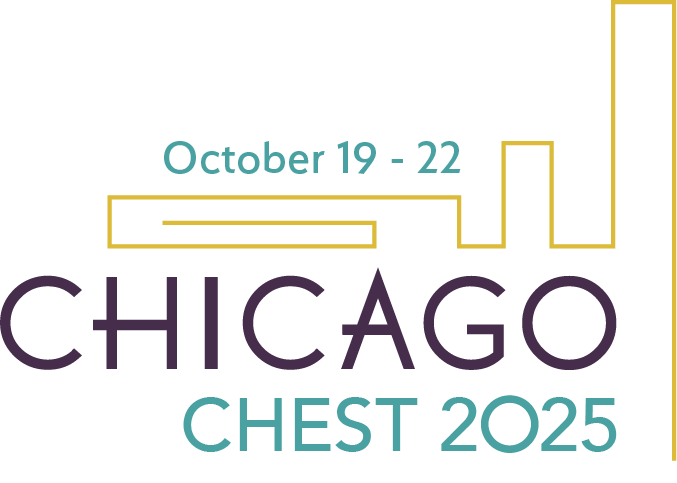A recent meta-analysis suggests that corticosteroids may not be helpful for all acute exacerbations of interstitial lung disease (ILD). In the absence of high-quality randomized controlled trials, high-dose corticosteroid therapy appeared to have a survival advantage for nonidiopathic pulmonary fibrosis (non-IPF) ILD. However, it was associated with an increased mortality risk for patients with idiopathic pulmonary fibrosis (IPF).

“With ILD exacerbations, we don’t have many treatment options for acute flares, so we rely on steroids, which we’ve derived from other studies of patients with autoimmune conditions,” said Erin Meier, MD, Assistant Professor of Pulmonary and Critical Care Medicine at New York University Grossman Long Island School of Medicine. “It’s motivated by wanting to do something to help your patient when the treatment options are unfortunately limited.”
The analysis, Corticosteroid therapy for treating acute exacerbation of interstitial lung diseases: A systematic review, combined nine studies with a total of 18,509 patients from multiple centers. The studies analyzed included data on high-dose vs low-dose or nonsteroidal interventions in treating acute ILD exacerbations.
“The studies included are from various parts of the world with different doses of steroids, different durations of steroids, different timing, and different outcomes,” said Rachana Krishna, MBBS, MSCR, Assistant Professor of Medicine at the Medical University of South Carolina. “Some looked at survival time after hospitalization; others at mortality at 28 days, 90 days, and one year; and some at rates of recurrent exacerbation. And the use of antifibrotics is not accounted for in this review. There is heterogeneity in the studies included, but the overall results show a lack of benefit of steroids in IPF exacerbations, and some show an increase in mortality associated with steroids.”

In patients with acute non-IPF ILD exacerbations, high-dose corticosteroids, defined as > 1.0 mg/kg prednisolone, showed improved survival with an adjusted hazard ratio (HR) of 0.221 (95% CI, 0.102-0.480; P < .001) and reduced 90-day mortality.
Early tapering of high-dose corticosteroids (> 10% reduction within two weeks) reduced in-hospital morality with an adjusted HR of 0.37 (95% CI, 0.14-0.99). Higher cumulative doses in the first 30 days of treatment (5,185 mg/month vs 3,133 mg/month) were associated with lower recurrence rates with an adjusted HR of 0.61 (95% CI, 0.41-0.90; P = .02).
By contrast, in patients with acute IPF ILD exacerbations, high-dose therapy showed inconsistent benefits. Some studies reported a slightly increased mortality risk with an odds ratio of 1.075 (95% CI, 1.044-1.107; P < .001).
In the absence of good data, many clinicians extrapolate from the use of steroids in connective tissue diseases to ILD, then rely on trial and error to modify treatment for each patient, Dr. Meier said. While not an ideal solution, she said, there are limited treatment models available for now.
“We already know from single-center and multicenter studies that there is very high mortality—almost 80% at one year—with IPF exacerbations,” Dr. Krishna said. “We also know that patients with connective tissue disease-related ILD have better outcomes even with exacerbations. We definitely need randomized controlled studies, which are difficult to perform because these are infrequent events.”
Regarding IPF exacerbations, the data show inconsistent benefits with high-dose corticosteroid use. Dr. Meier said a potential way to address this could be with a noninferiority trial comparing high-dose vs low-dose vs no corticosteroid use, somewhat similar to the SARCORT trial in pulmonary sarcoidosis management. Such a design could help determine if a high-dose, low-dose, or no steroid regimen results in similar outcomes, she said.
“Knowing the outcomes are similar, or perhaps better, I would feel more confident with using lower-dose steroids, or possibly no steroids at all,” she said. “For now, we still have more questions than answers.”
